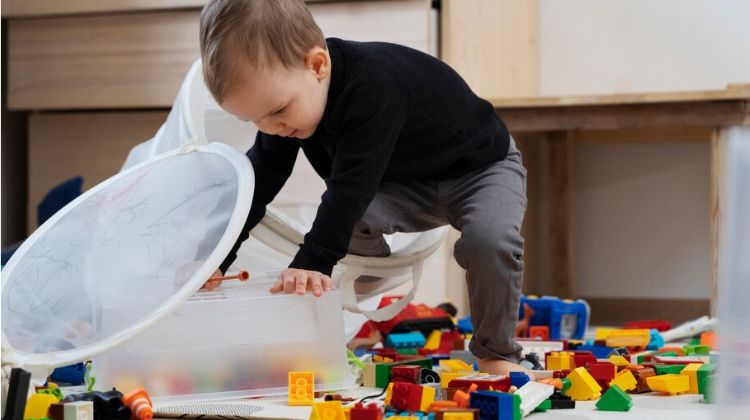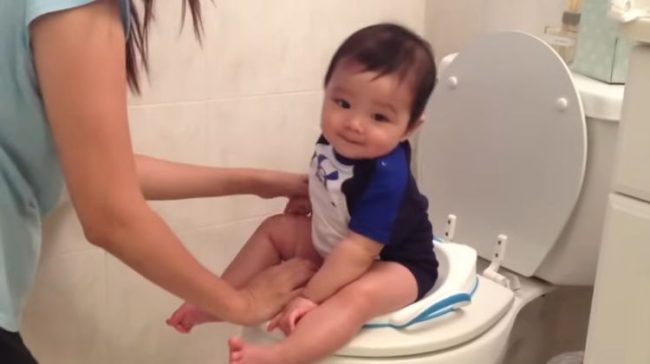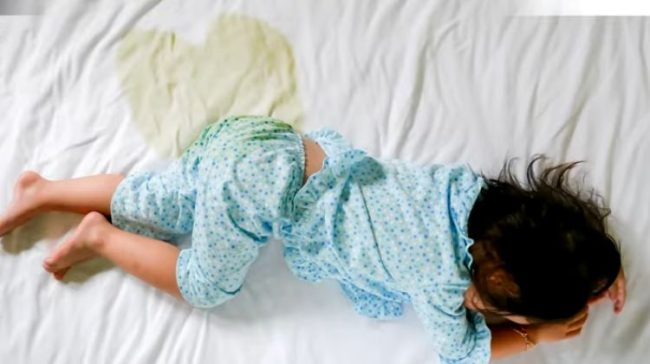In today’s fast-paced world filled with an abundance of toys, gadgets, and possessions, teaching children the importance of organization and responsibility is crucial. Kids are often surrounded by a plethora of toys and stuff, and without proper guidance, their living spaces can quickly turn into chaotic messes. This article explores the significance of teaching your kids toy and stuff management and provides practical tips and strategies to instill organizational skills and responsibility from a young age.

The Importance of Toy and Stuff Management
1. Promoting Responsibility
Teaching kids to manage their toys and belongings inculcate a sense of responsibility early on. By taking care of their possessions, children learn valuable life skills that will benefit them as they grow older.
2. Creating a Positive Environment
A well-organized living space promotes a positive and conducive atmosphere for learning and play. Children thrive in environments where they can easily locate and access their toys, fostering a sense of security and comfort.
3. Building Independence
Organizational skills empower children to become more independent. When they can manage their toys and stuff efficiently, they gain confidence in their ability to handle responsibilities, setting a foundation for self-sufficiency.
Practical Strategies for Teaching Toy and Stuff Management
1. Lead by Example
Children often learn by observing the behavior of adults around them. Demonstrate the importance of organization by maintaining a tidy and well-organized space yourself. Model the behavior you wish to see in your kids.
2. Create Designated Spaces
Designate specific areas or containers for different types of toys. Use labels or pictures to help younger children identify where each item belongs. This not only facilitates organization but also makes clean-up time more manageable.
3. Involve Them in the Process
Include your children in the decision-making process when organizing their belongings. Ask for their input on how they’d like to arrange their toys and encourage them to participate in creating systems that work for them.
4. Implement a Routine
Establish a daily or weekly routine for tidying up. Having a consistent schedule for organizing and cleaning will help make it a habit for children. Make it a fun and interactive activity to keep them engaged.
5. Use Storage Solutions
Invest in age-appropriate storage solutions, such as bins, shelves, and baskets. Ensure that these are easily accessible to your kids so they can independently manage and retrieve their belongings.
6. Rotate Toys
Avoid overwhelming children with too many toys at once. Consider implementing a toy rotation system, where some toys are stored away and brought out on a scheduled basis. This not only keeps things organized but also maintains a child’s interest in their belongings.
7. Teach the Concept of Donation
Encourage your children to part with toys they no longer use by teaching them about the concept of donation. Explain how giving to others who may need the toys can bring joy and happiness, fostering empathy and generosity.
8. Set Clear Expectations
Clearly communicate your expectations regarding toy and stuff management. Let your children know the importance of taking care of their belongings and the consequences of not doing so. Be consistent with enforcing these expectations.
Educational Tools and Resources
1. Books on Organization
Utilize age-appropriate books that teach the importance of organization and cleanliness. There are numerous children’s books available that use relatable characters and stories to convey these valuable lessons.
2. Educational Apps and Games
Leverage technology by incorporating educational apps and games that focus on organizational skills. These interactive tools can make learning fun while reinforcing the concepts of tidiness and responsibility.
3. DIY Organizational Projects
Engage your children in do-it-yourself (DIY) organizational projects. Creating personalized storage solutions or crafting decorative labels can be a creative and enjoyable way to instill organizational skills.
Final Thoughts
Teaching your kids toy and stuff management is a proactive approach to cultivating essential life skills. By promoting responsibility, creating positive environments, and building independence, you empower your children to navigate the challenges of adulthood with confidence and competence. Start early, lead by example, and watch as your children flourish in their organized and responsible approach to managing their toys and belongings.



